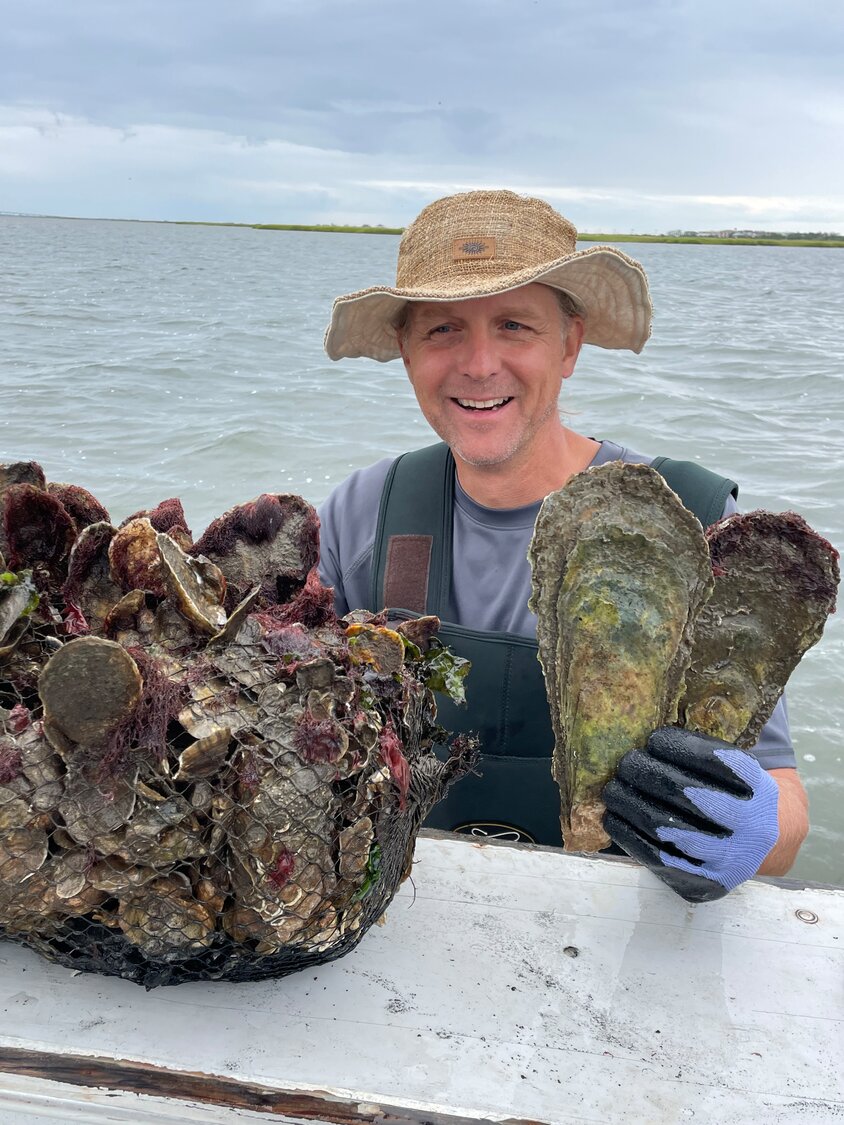New project is ‘Putting the Oyster Back in Oyster Bay’
In a groundbreaking initiative aimed at restoring the once-thriving oyster populations of Oyster Bay and Cold Spring Harbor, the Town of Oyster Bay has embarked on a transformative project called “Putting the Oyster Back in Oyster Bay.” This collaborative effort brings together the town, SUNY Stony Brook, Adelphi University, and local environmental organizations such as the Oyster Bay-Cold Spring Harbor Protection Committee and Friends of the Bay.
With a generous grant of $477,200 from the National Fish and Wildlife Foundation, supplemented by matching funds totaling $308,500, the project sets out to address the myriad challenges facing oyster reefs in the region. Over the years, reefs in Oyster Bay and Cold Spring Harbor have endured overharvesting, habitat loss, and degradation of water quality.
“Putting the Oyster Back in Oyster Bay” seeks to tackle these issues head-on by synthesizing data to identify areas for enhanced oyster growth and greater survival rates. By refining hydrodynamic models, creating habitat suitability maps, and mapping oyster recruitment, the initiative aims to develop a comprehensive, science-based plan to establish self-sustaining oyster populations in the bay.
In a statement about the project, Town Supervisor Joseph Saladino emphasized the historical significance of Oyster Bay and the responsibility to preserve its marine ecosystems for future generations.
“The Oyster Bay-Cold Spring Harbor Oyster Restoration Project is a testament to our proactive approach in addressing environmental challenges,” Saladino said. “By working together, we are not only rebuilding oyster populations but also fostering a more resilient and interconnected habitat.”
Town Councilwoman Michele Johnson echoed that sentiment in the statement, underscoring the importance of collaboration in achieving environmental goals.
“The Town of Oyster Bay is committed to playing a key role in this endeavor,” Johnson said. “Working hand-in-hand with SUNY Stony Brook, environmental groups, and other local partners, we aim to foster the rebuilding of oyster populations and contribute to the creation of shellfish reefs — a crucial component of Long Island Sound’s important coastal habitat.”
Michael Doall, associate director of shellfish restoration and aquaculture at SUNY Stony Brook, outlined the project’s goal of developing a comprehensive bay-wide plan for oyster restoration.
“We want to take a holistic look at the entire system and develop a strategy for restoring oyster populations,” Doall said. “This involves coordinating ongoing restoration efforts, such as the oyster gardening program and the (Supporting Oyster Aquaculture and Restoration) program, to create a blueprint for future restoration activities.”
Doall highlighted the concept of a “metapopulation,” emphasizing the interconnectedness of spatially separated subpopulations of oysters.
“Oysters in nature form a metapopulation, with separate reefs interconnected through larval transport,” he explained. “Our goal is to understand larval transport patterns and identify suitable areas for oyster recruitment and growth.”
Rob Crafa, coordinator of the Oyster Bay-Cold Spring Harbor Protection Committee, offered some insight into the genesis of the project and its significance. He cited the success of similar restoration efforts as inspiration for it.
“The work done in Shinnecock Bay caught our attention,” Crafa said. “We saw the potential for restoring oyster populations in Oyster Bay-Cold Spring Harbor and decided to pursue a collaborative project.”
Crafa emphasized the project’s multifaceted approach, which builds on existing efforts such as the town’s oyster gardening program.
“This project differs from past initiatives in its focus on research and data-driven decision-making,” he said. “While the oyster gardening program serves as a public outreach tool, this project aims to identify factors essential for the sustainable restoration of oyster populations.”
The ultimate goal of the project is to establish a sustainable oyster population that provides ecological benefits while supporting a commercial shellfish fishery.
“Sustainability is key,” Crafa said. “We aim to achieve a balance where oysters can thrive ecologically while also supporting economic activities.”
While no date has been set for the beginning of the project, Doall said that it is expected to start later this year. As it takes shape, its planners remain optimistic about its potential to revitalize the Oyster Bay-Cold Spring Harbor marine ecosystem.

 44.0°,
Mostly Cloudy
44.0°,
Mostly Cloudy 




